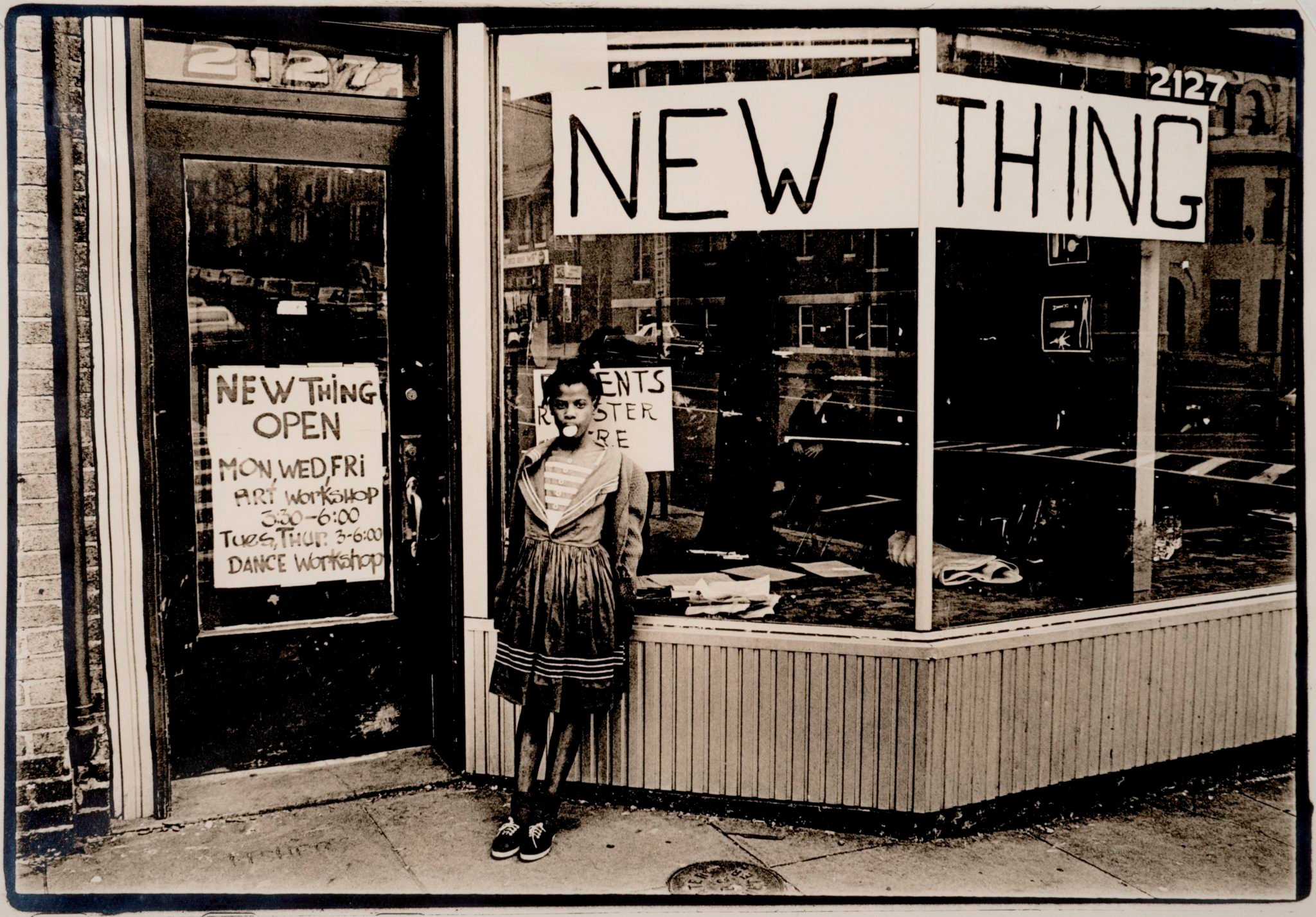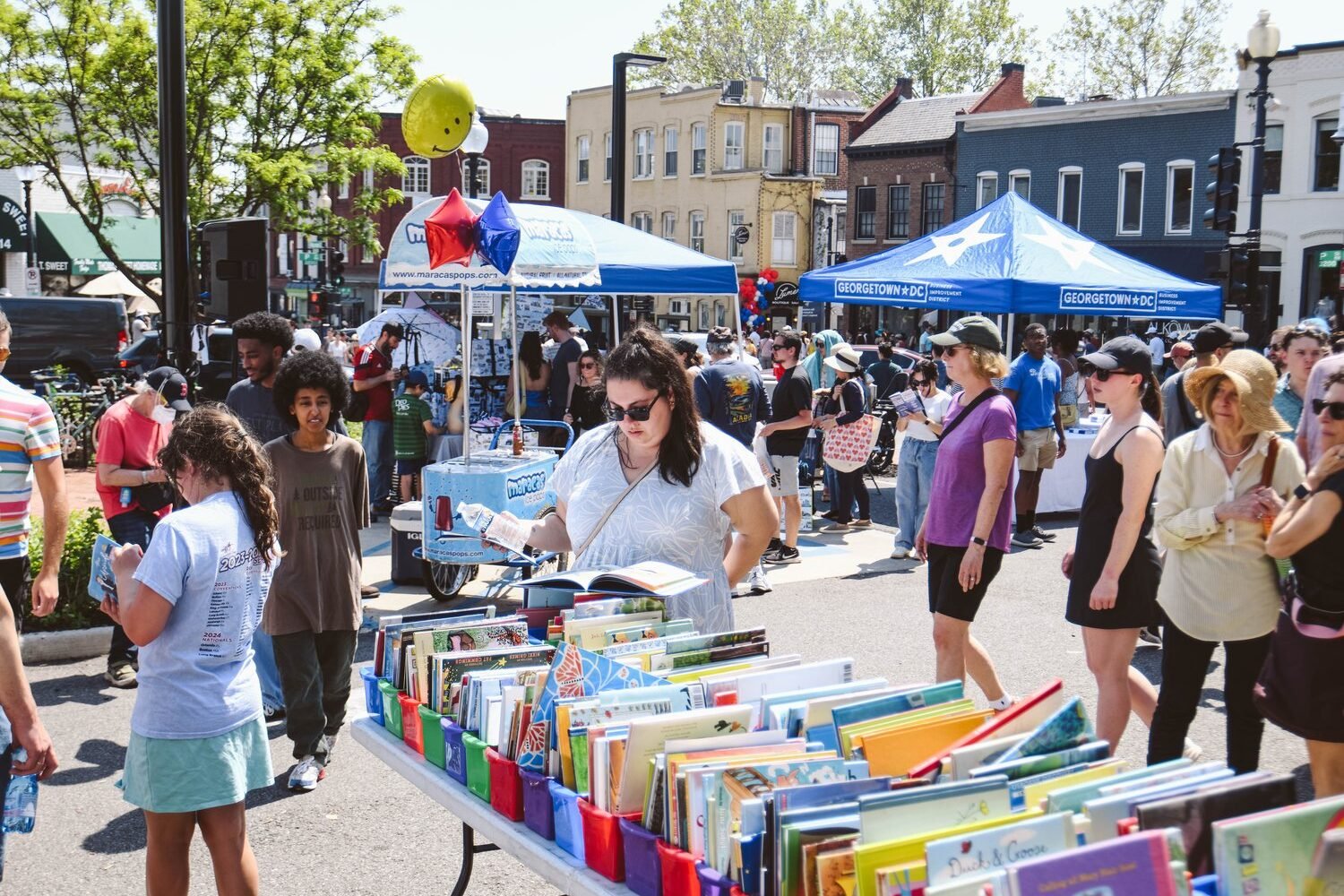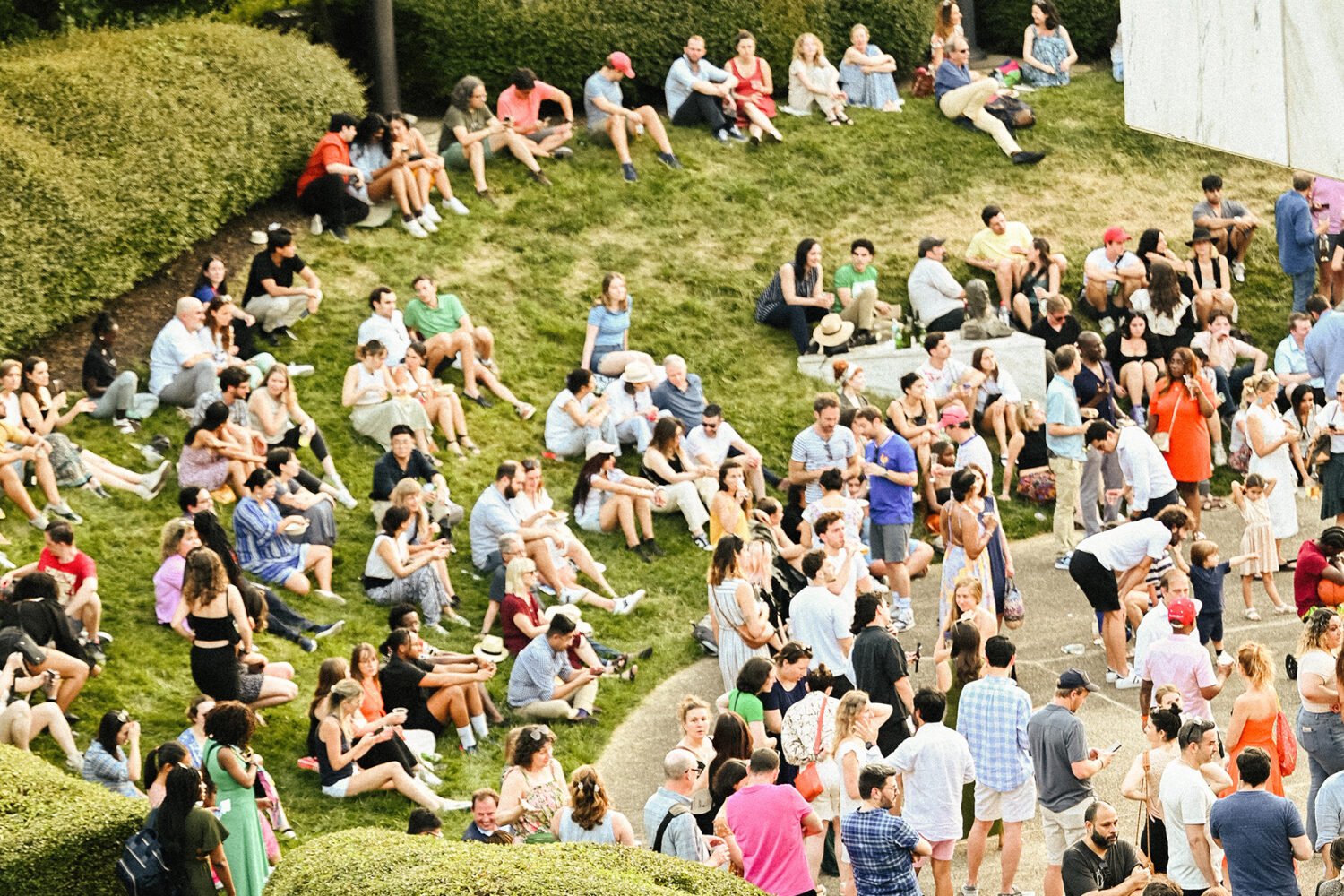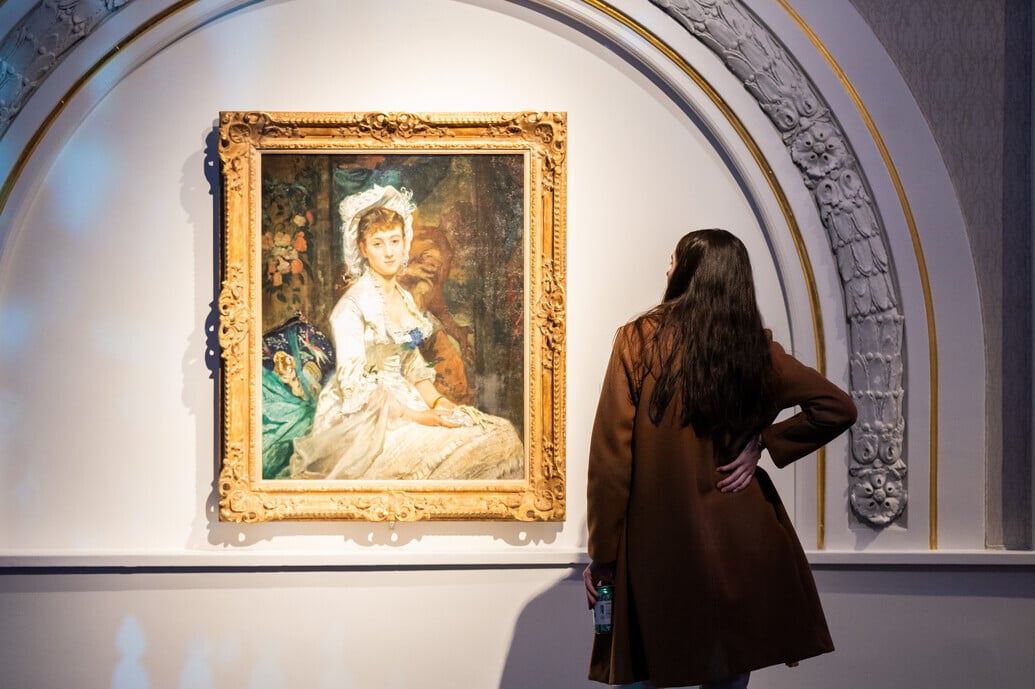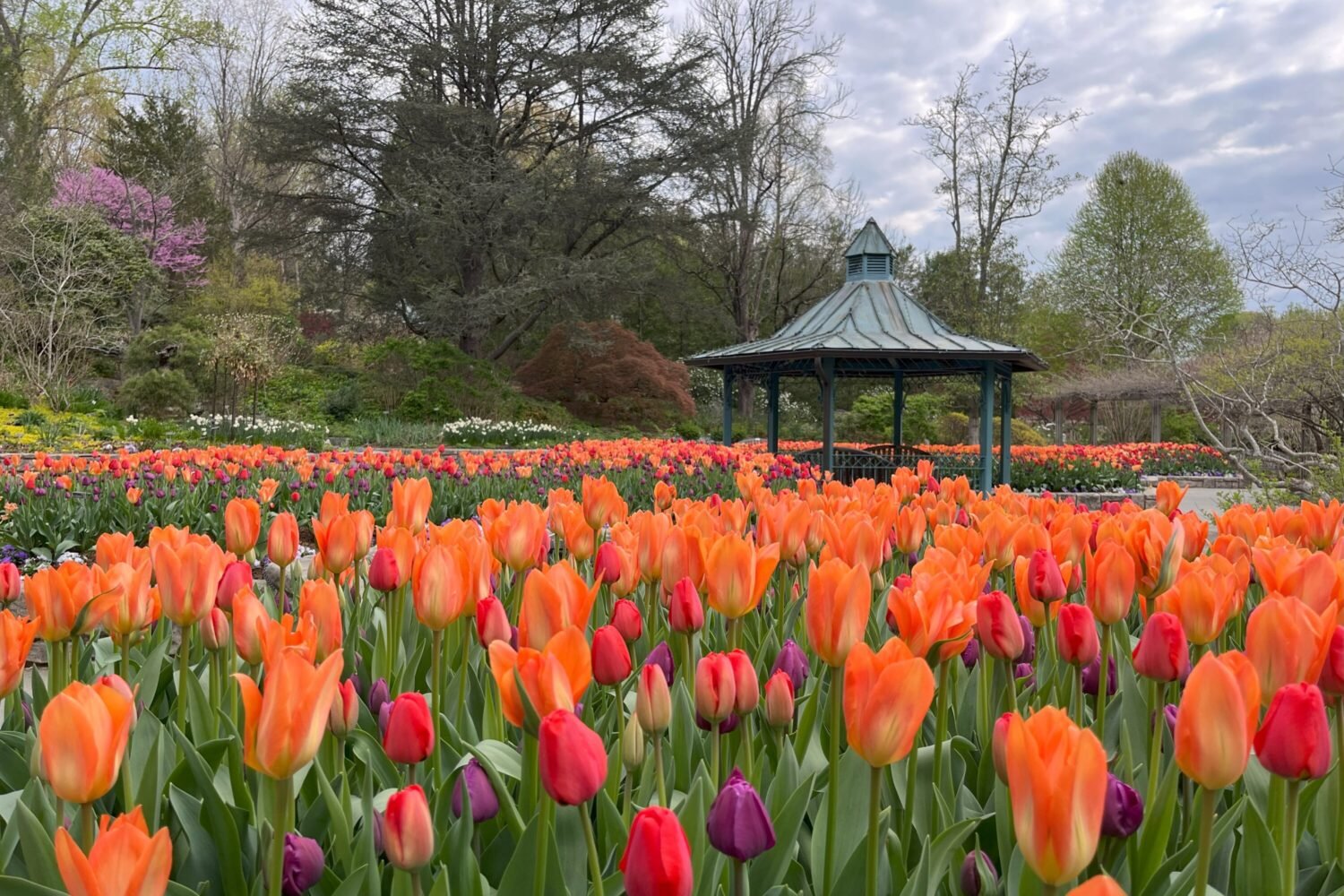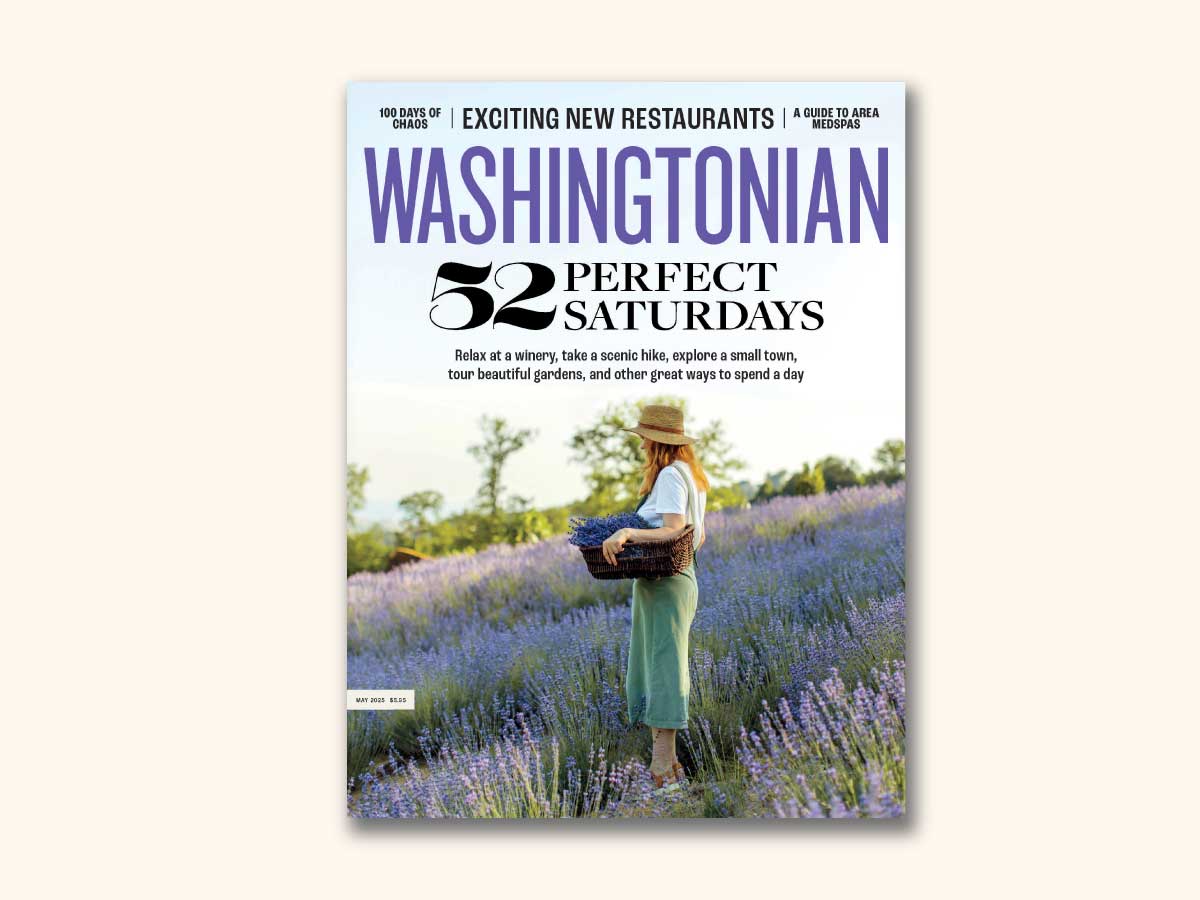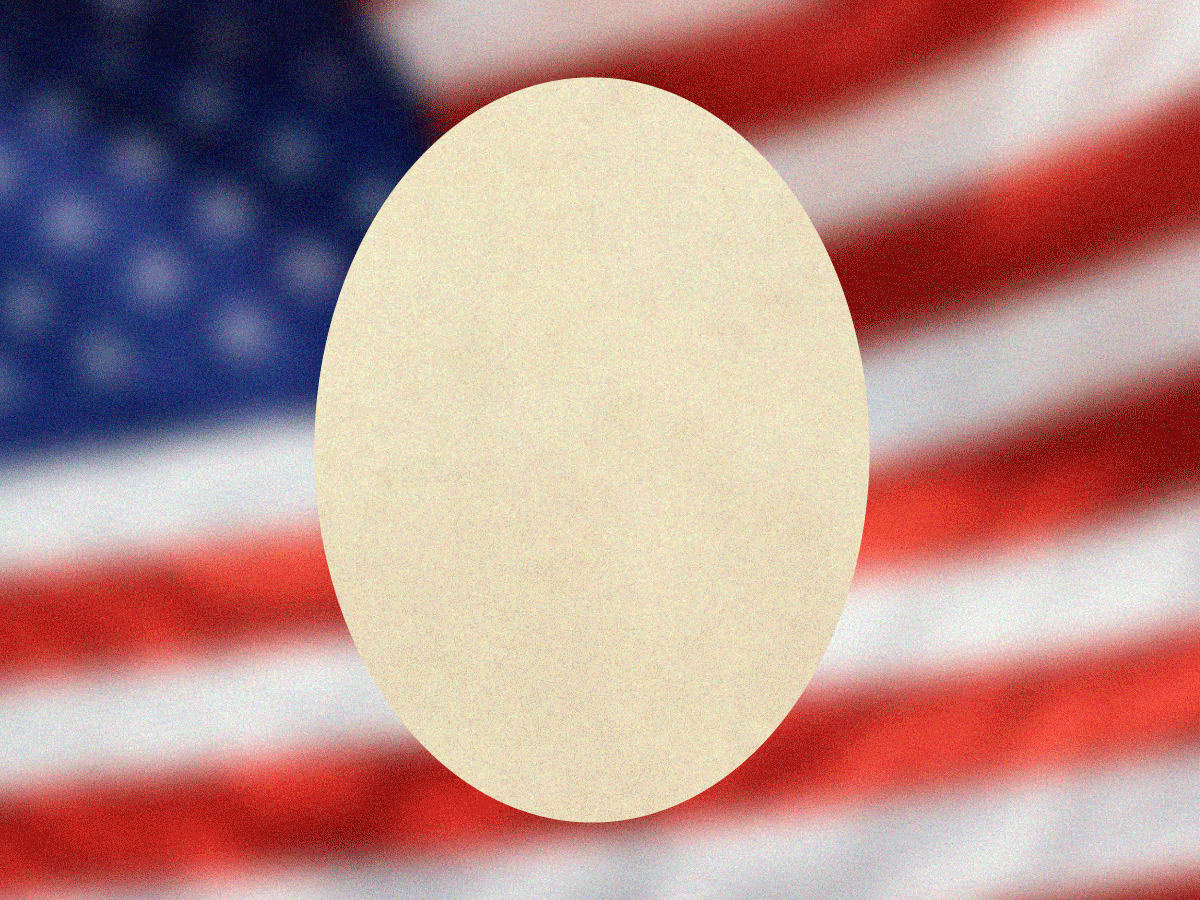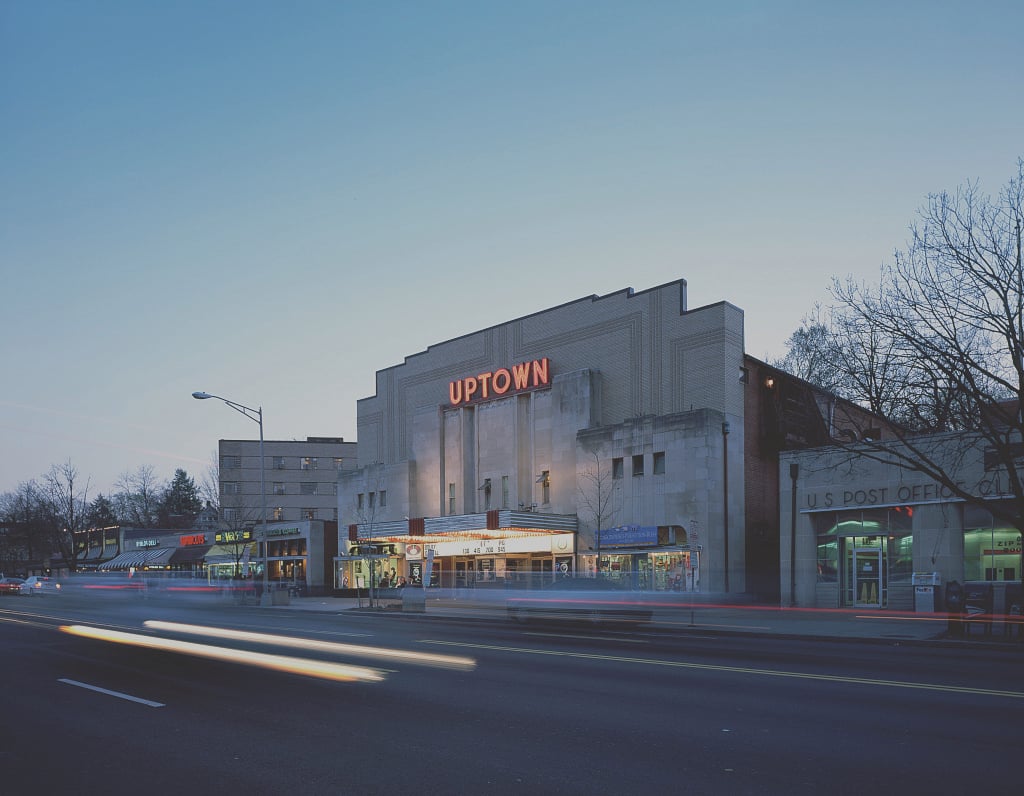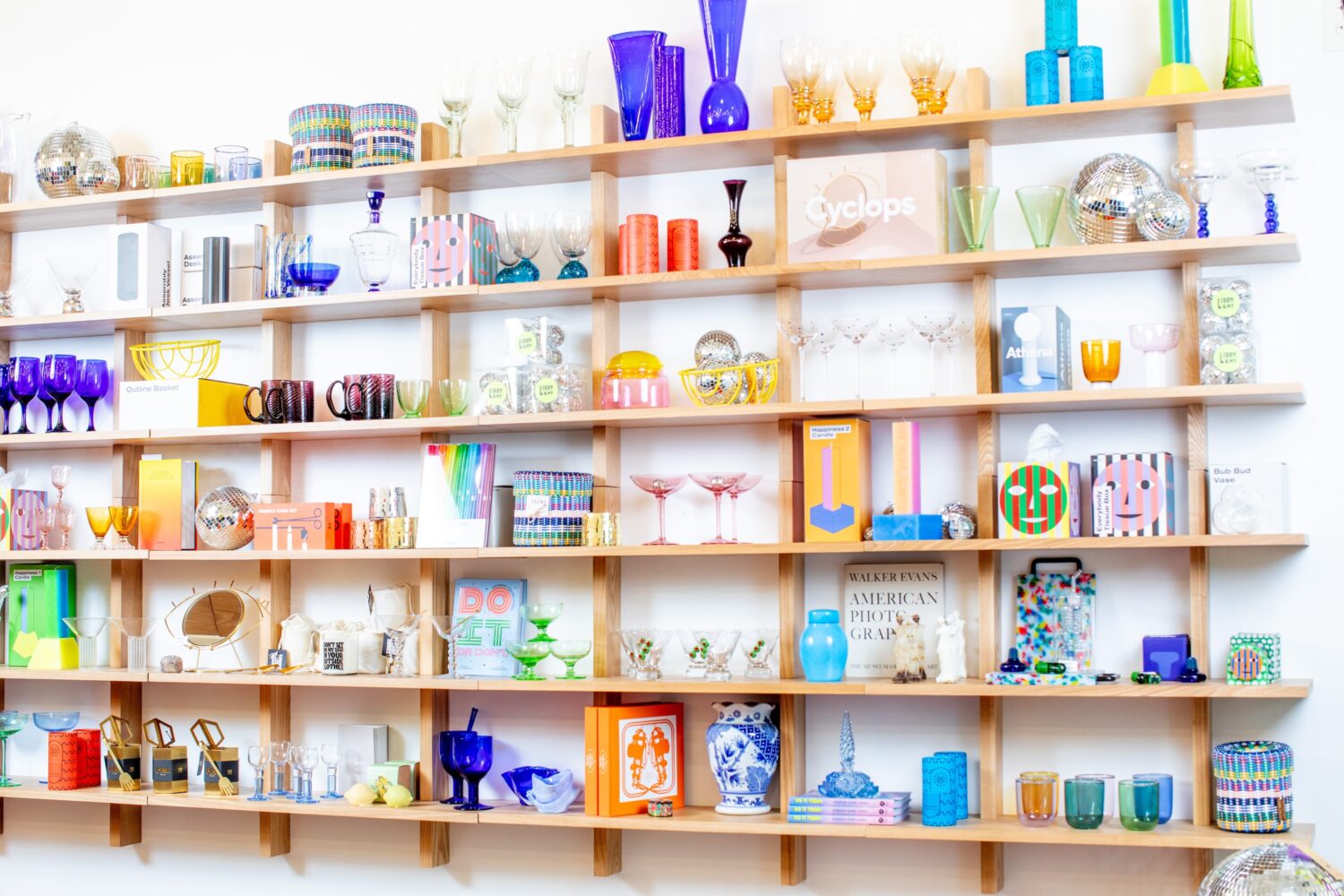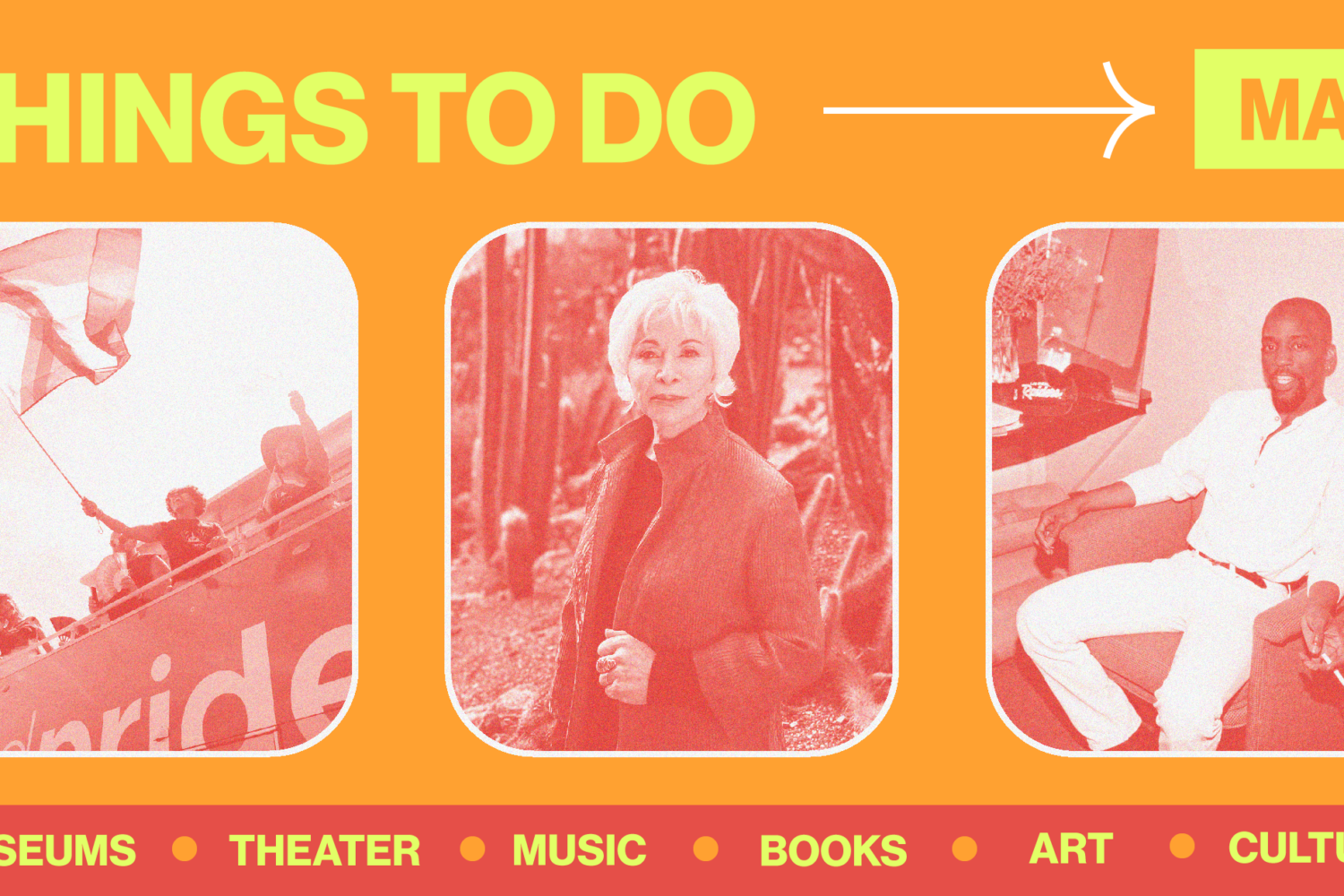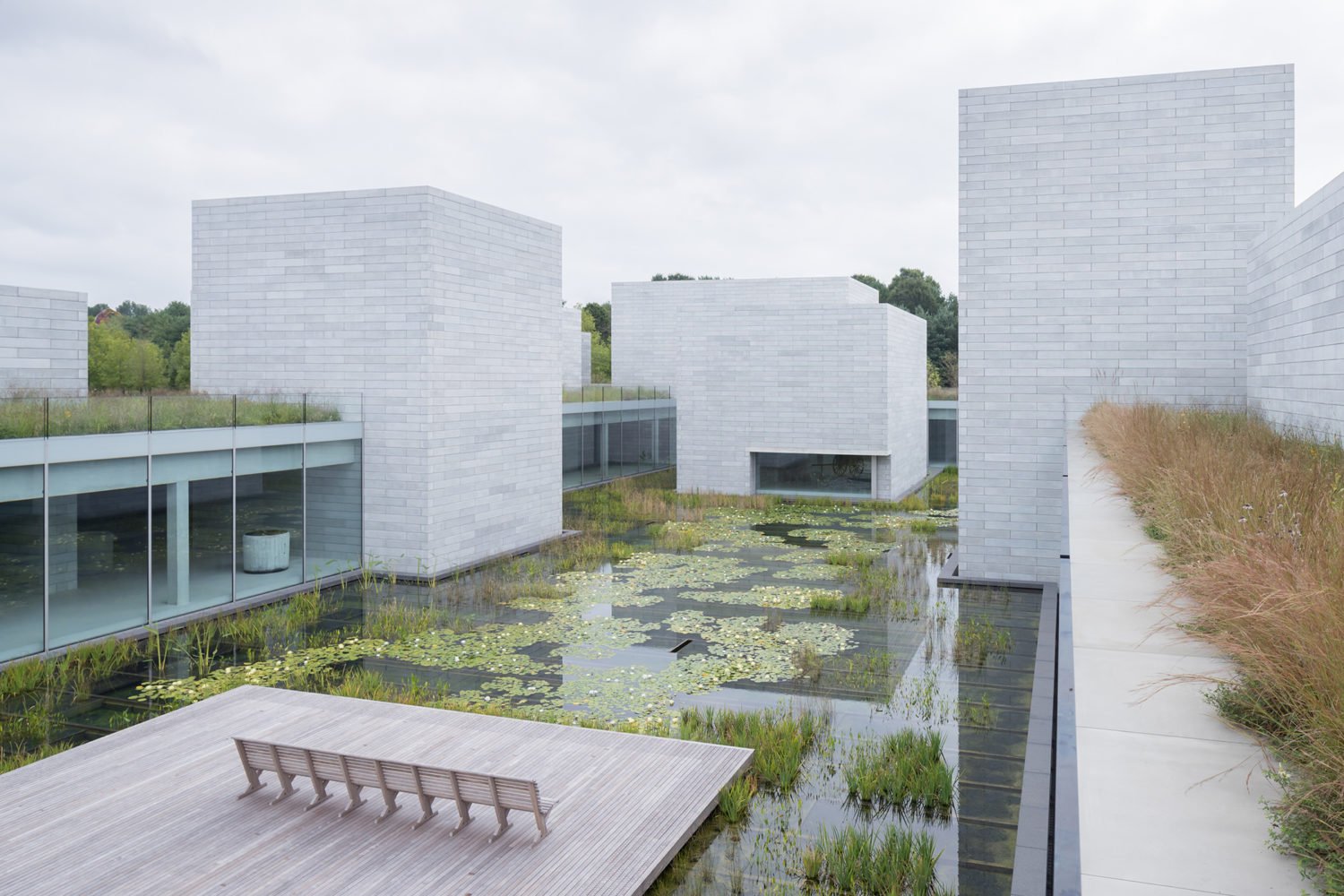In 1966, you wouldn’t necessarily know that Black people made up the majority of Washington, DC’s population if you examined its officially sanctioned arts scene—a white, European-influenced “veil” hung over the city’s museums, galleries, and venues, says Topper Carew, who was a graduate student at Howard University at the time. So, he says, “I went to work on the veil.”
Carew’s undergraduate degrees were in architecture, but inspired by his time with the Student Nonviolent Coordinating Committee and burgeoning Black cultural movements around the US, he decided to become “a different kind of architect”—someone who rather than “just being a tweed-sportscoat, pipe-smoking, sports-car-driving architect with a roll of drawings under my arm” felt that architecture could be “a tool that I could use to improve the quality of life and create more wholesome environments for underserved people who typically were much poorer than anyone who could afford an architect.”
With encouragement from the Institute for Policy Studies in Washington, Carew, who the Washington Post later described as having “two degrees, a jazz combo and the biggest, scariest Afro this side of the Niger River,” took a lease on a storefront at 1811 Florida Avenue, Northwest, and named it the New Thing. It quickly became a magnetic force in the District, drawing hundreds of kids to jazz workshops, art classes, and African drumming workshops. It attracted august instructors, too, like the jazz flutist Lloyd McNeill (a schoolmate of Carew’s at Howard), the activist Betty Garman, and the artist Lou Stovall, who made now-collectible posters for New Thing-associated jazz workshops. “It was alive,” Carew says. “As soon as you hit 18th Street, man, you could hear the drums.”
This week, two events will celebrate the New Thing’s influence—a photography exhibition at the American University Museum that opens Wednesday and will run till March 17 (with a panel discussion on Saturday, February 10), and a night at AFI Silver Friday that will look back at the New Thing and Carew’s subsequent TV and filmmaking career (more on that later). The photo exhibition came into being after Marc Minsker, an assistant principal at Jackson-Reed High School in the District encountered a book of photographs Joel Jacobson took of New Thing programming. Students at the high school scanned the images with help from parents, and those images are the basis of the exhibit.
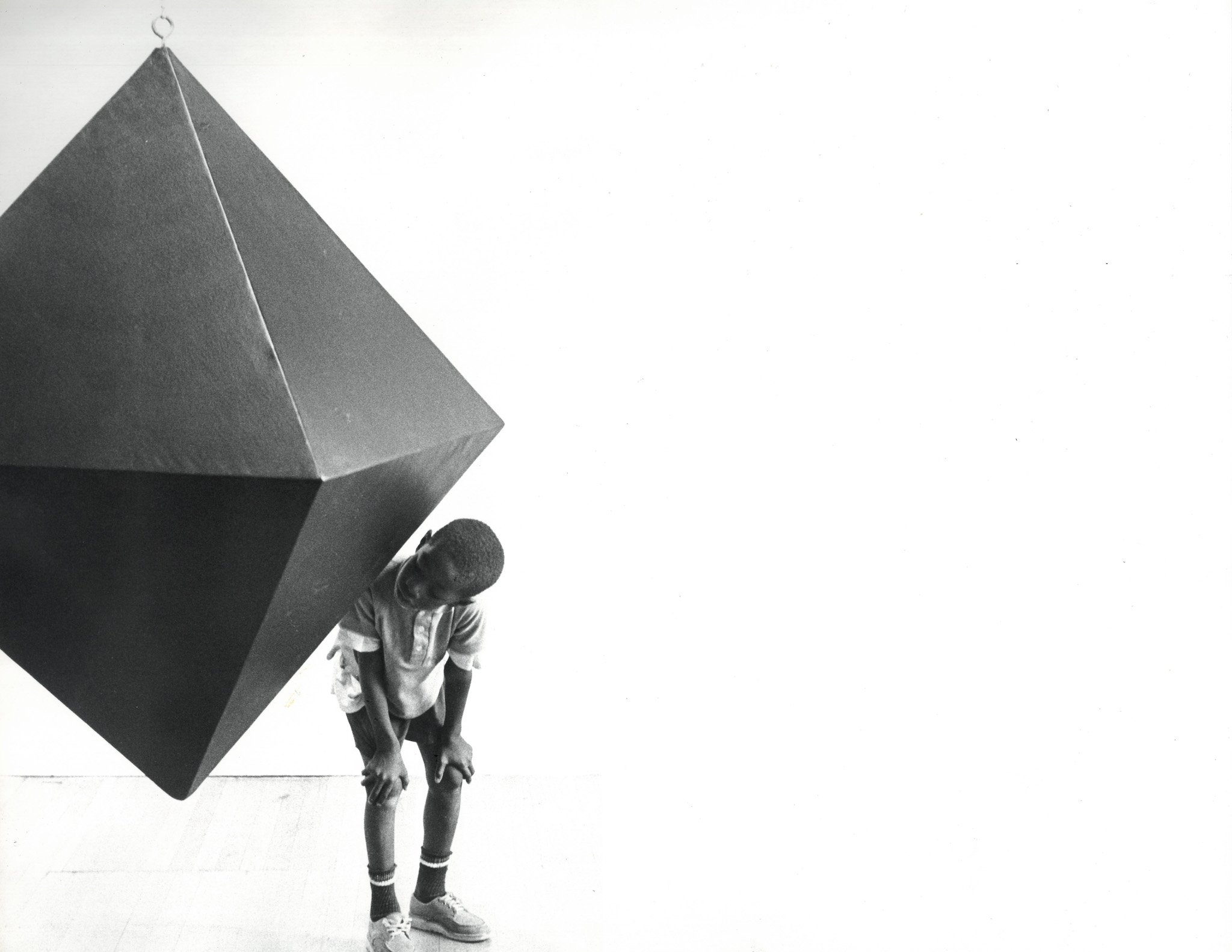
The New Thing moved to 18th Street, Northwest, the next year, and a summer program funded by the District’s recreation department launched just as a white shop owner shot two kids a block away. “And so now the New Thing became the mediation center,” Carew says. “I’m sitting, in my early 20s, between the parents and the authorities, the Justice Department, the FBI, the National Guard, the police, trying to keep peace, man, so 18th Street doesn’t turn into a riotous situation.” The settlement included pool, picnics, and Ping Pong for the older kids and art workshops for the younger ones.
Carew funneled some of the workshops into companies that provided graphic design and art direction services, for example, while yet another made films. A short film produced under the New Thing’s aegis, This Is the Home of Mrs. Levant Graham, won a Kennedy Journalism Award. The New Thing produced a blues festival at Howard that featured B.B. King, Howlin’ Wolf, and other luminaries.
By 1972, Carew says, he was burned out, and disputes over funding and other issues led to some bruised feelings. He moved back to Boston to look after his grandmother and soon began a long career in TV and film that included crafting the story that became D.C. Cab, co-creating the show Martin, and executive-producing the Jimmie Walker sitcom Bustin’ Loose. “In my life there has been a New Thing continuum,” Carew says. “I’m very happy about having been centrifugal to the New Thing on 18th Street. Because it gave me a way to work where I felt like I was a servant leader, and a way to do what I believe to be the right thing.” He’s still friendly with some of the kids in the program.
“I was born in Boston, but I really feel like DC was my birthplace,” he says.
“New Perspective on the New Thing: A Photography Exhibition Documenting DC’s Revolutionary Community Arts Center, 1966-1972” opens Wednesday, February 7, at the American University Museum at the Katzen Arts Center. A panel discussion with Carew, photographers Tom Zetterstrom, and Joel Jacobson, and the Anacostia Community Museum’s Samir Meghelli will take place Saturday, February 10, at 2 PM at the museum. “An Evening With Topper Carew” will take place Friday, February 9, at AFI Silver Theatre and Cultural Center and show D.C. Cab alongside a new documentary he’s made about the New Thing.

